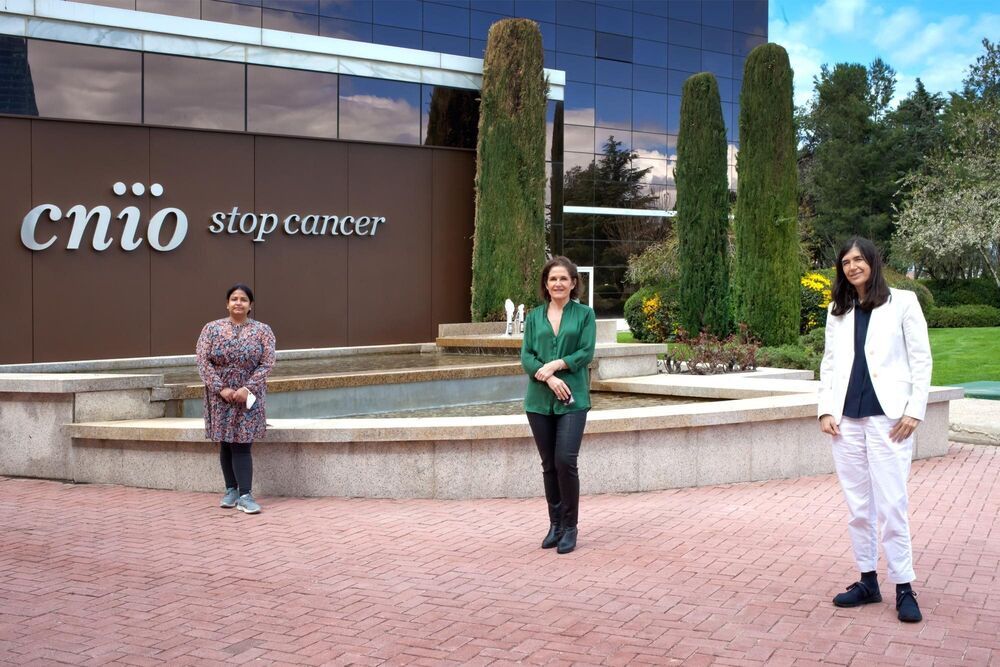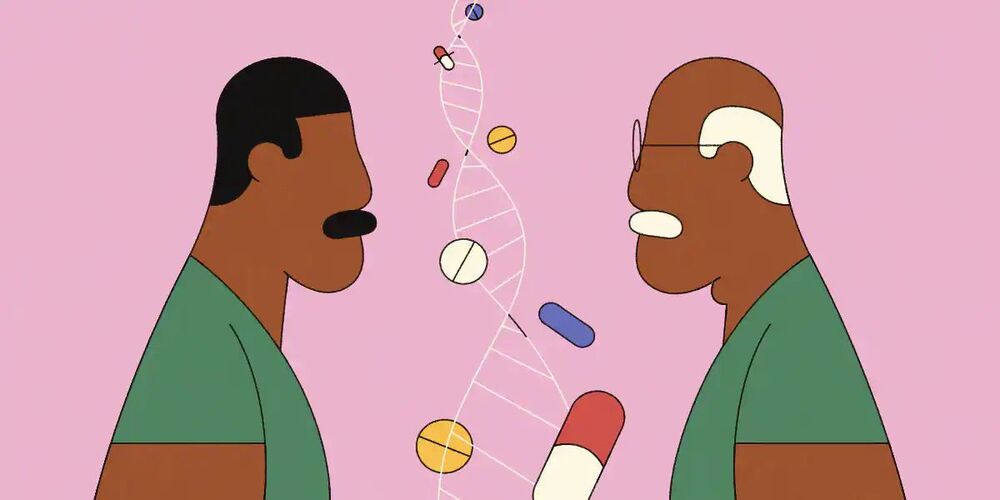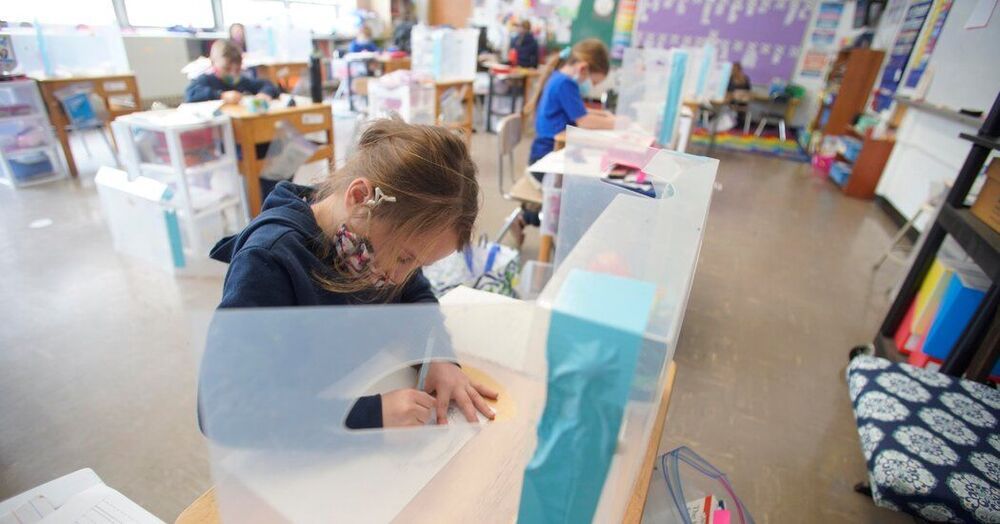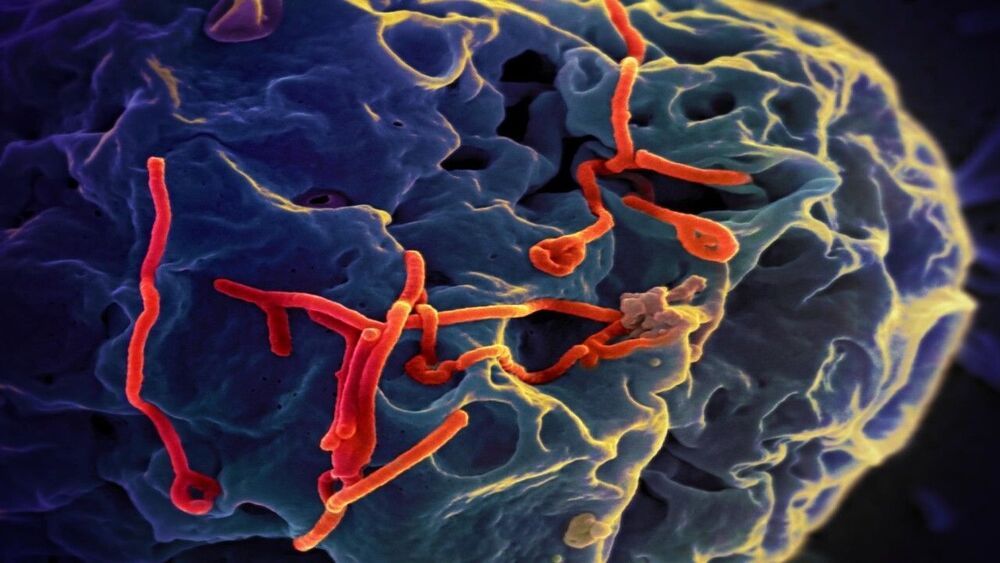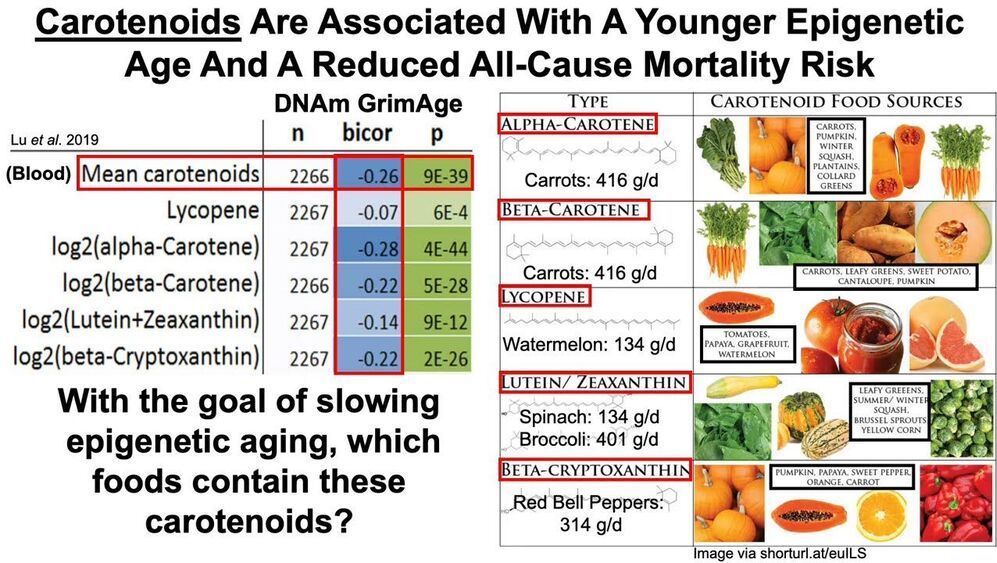Mar 16, 2021
Artificial intelligence leads NATO’s new strategy for emerging and disruptive tech
Posted by Saúl Morales Rodriguéz in categories: biotech/medical, quantum physics, robotics/AI, security
STUTTGART, Germany — NATO and its member nations have formally agreed upon how the alliance should target and coordinate investments in emerging and disruptive technology, or EDT, with plans to release artificial intelligence and data strategies by the summer of 2021.
In recent years the alliance has publicly declared its need to focus on so-called EDTs, and identified seven science and technology areas that are of direct interest. Now, the NATO enterprise and representatives of its 30 member states have endorsed a strategy that shows how the alliance can both foster these technologies — through stronger relationships with innovation hubs and specific funding mechanisms — and protect EDT investments from outside influence and export issues.
NATO will eventually develop individual strategies for each of the seven science and technology areas — artificial intelligence, data and computing, autonomy, quantum-enabled technologies, biotechnology, hypersonic technology, and space. But for the near future, the priority is AI and data, said David van Weel, NATO’s assistant secretary general for emerging security challenges.


